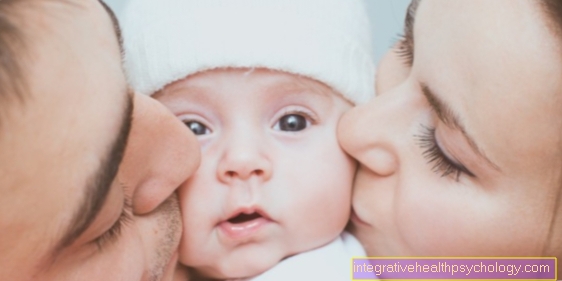Learning theories
What are learning theories?
Learning theories are experiments in psychology or pedagogy that use a model to explain the processes of learning. Knowledge about the learning processes is summarized and clearly presented using hypotheses.
There are a number of different learning theories, each of which usually describes a single form of learning. Theories of learning have already been established and researched in the past centuries, for example by Ivan Pavlov.

Overview of different learning theories
Learning theories can be divided into two groups: the behavioristic learning theories and the cognitivistic learning theories.
The behavioristic learning theories recognize a connection between stimuli from the environment on the learner and the resulting reactions and subsequent behavior.
A classic learning theory of this group is "classic conditioning", also known as signal learning. This learning theory describes the fact that a certain stimulus triggers a response in the body. If this stimulus is always combined with a signal, for example the ringing of a bell, after a certain time only the signal triggers the body reaction.
Another learning theory of this group is instrumental learning. It is learned under which condition which reaction leads to which consequence. It is important that a certain situation is perceived repeatedly. This learning theory employs the principle of reward and punishment, which changes the frequency of behavior through either reward or punishment.
In the cognitivistic learning theories, cognition and emotions are integrated into the models of the learning processes and learning is viewed as a high mental process that can be consciously designed. The learner can actively shape the process. Bandura developed a model learning theory just like Piaget developed a model.
Further learning theories that cannot be divided into either of the two groups are constructivist learning theory and instructionist learning theory.
You may also be interested in the following article: The different forms of teaching.
Cognitive learning theories
Cognitive learning theories try to research and present thought processes in learning that arise in the course of psychological activities such as perceiving, remembering, problem-solving and imagining. Cognitive learning can be replaced by terms such as learning through insight or thinking.
The term "cognition"describes the process in which the human organism gains knowledge of its environment by processing and rearranging information. The learner is actively involved in the learning process by reacting to external stimuli, evaluating them, developing and interpreting them. The stimuli, or Also called information, it is compared with what has already been experienced and can be classified in this way. This means that the learning process is individual for each person, since experiences and experiences are subjective. Accordingly, perception and active engagement with the environment play a role in the cognitive learning processes.
The link between stimulus and reaction is described as a cognitive representation and is determined by the stimulus content, the information channel and the type of experience. Another important point to consider in cognitive learning theories is the cognitive development and age of the test subjects.
Learning theory didactics
The learning theory didactics was developed by Paul Heimann, Gunter Otto and Wolfgang Schulz and is also called the "Berlin Model". This model is intended to enable the teacher to analyze the lessons and plan accordingly. In the model, a meaningful decision about the learning process of students should be worked out by a teacher under different conditions and situations.
The model assumes that certain factors, also called structural moments, can be found in every lesson. To explain the model, take a look at the structural analysis or the structural elements. These are formed from the decision fields and the condition fields.
The decision-making fields are made up of four aspects: the topic, choice of media, methodology and intention (intention, goals).
The condition fields are determined by basic requirements such as class size, student regulations, curriculum, equipment, age, teaching capacity and gender (anthropogenic requirements and socio-cultural requirements).
In the Berlin model, all individual structural elements are linked, dependent and mutually influencing one another. Correspondingly, interventions on individual elements result in a change in all elements, which is why decisions must always be considered in their full impact and complexity.
Also read our article: The didactic triangle for successful teaching.
Bandura learning theories
Albert Bandura developed the learning theory "learning on a model", which describes learning processes with the help of role models. His theory can be divided into two phases, each with two processes.
The first phase is the acquisition phase, it includes the attention and retention process. The learner focuses on the model and observes it in the attention process. She draws her attention to properties or behaviors of the model of her choice.
During the memory process, the observed behavior is stored in the memory in that the learner repeats the behavior or the characteristics cognitively or imitates motor skills. This promotes later recall.
In the second phase, called the execution phase, a distinction is made between the reproduction process and the reinforcement and motivation process.
In the reproductive process, the observed behavior is imitated and repeated by the learner from memory. Only the behavior that appears to be useful and good to the learner is repeated, whereby the quality of the imitation can vary. Behavior can be improved through self-observation and criticism from others. The reinforcement / motivation process describes the reinforcement of a behavior because the learner can achieve success or something positive through his behavior. By noting that the new behavior is beneficial, the person will display the learned behavior more often.
Also read our article: What type of learner am I?






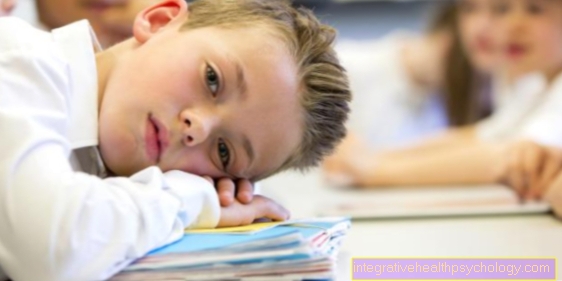











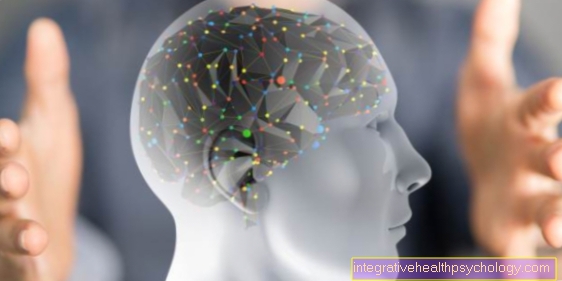

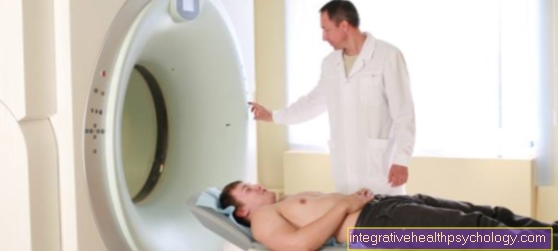

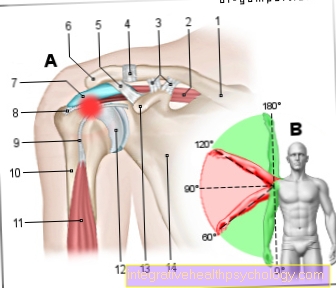

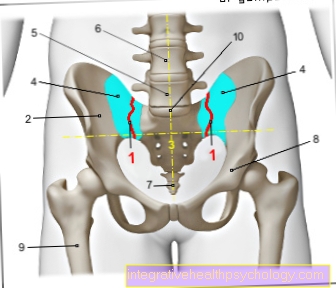
.jpg)



